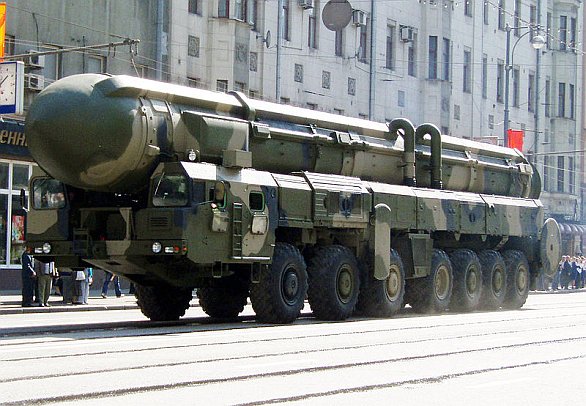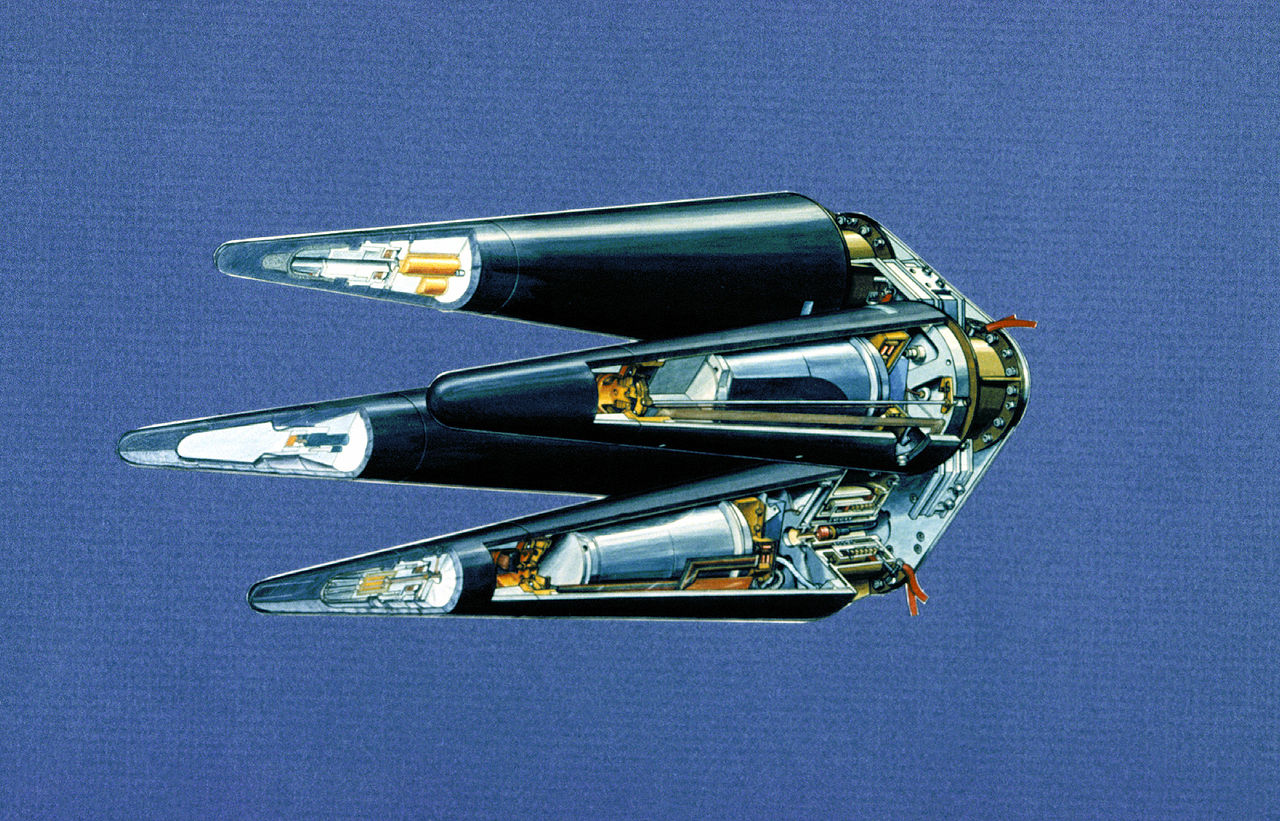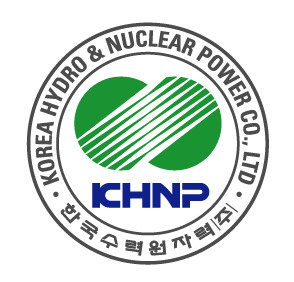I have often blogged about nuclear weapons. The U.S. has about two thousand deployed nuclear warheads and Russia have about sixteen hundred deployed nuclear warheads. Britain has one hundred and sixty, , France has about three hundred. China has two hundred and fifty warheads but has not deployed them, Pakistan has about a hundred undeployed , India has about a hundred undeployed and Israel has eighty undeployed warheads. It is estimated that it would only take the detonation of about a hundred warheads to bring on a nuclear winter and end human civilization. Iran may be working on nuclear warheads and North Korea has a few. Many officials of nuclear nations claim to be dedicated to nuclear disarmament but both the U.S. and Russia are spending huge amounts of money to upgrade their nuclear arsenals. Other countries are busy building more nuclear warheads and improving their delivery systems.
China and India are working on deploying multiple independently targetable reentry (MIRV) vehicles on their ballistic missile fleets. Some experts believe that this will have a major impact on the international relations of the region and, indeed, the world. Some think that this effort on the part of China and India may be the most significant and yet the least reported escalation of the dangers of global nuclear war.
As the name implies, MIRV systems allow a single missile to carry several separate nuclear warheads which can each be sent to a different target. Having multiple warheads on one missile allows a country to fire far fewer missiles to eliminate the same number of enemy targets. The MIRVs also make it much more difficult for a anti-ballistic missile defense system to protect the target country. Multiple warheads could also be sent to the same target which would make that target harder to defend and increase the chances of destruction.
A big concern about the deployment of MIRV systems is that they would be very useful in a surprise “first strike” attack. This means that if your enemy or potential enemy has MIRV systems, then you had better have take counter measures such as increasing the size of your arsenal, adopting MIRV and dispersing your missile force to make it harder to take out in a first strike.
With the historical antagonism between China and India, the simultaneous adoption of MIRV systems by both countries destabilizes the current nuclear standoff. If history is a guide, both China and India will be motivated to significantly increase the size of their nuclear arsenals. The current “no first use” of nuclear weapons policies of both countries may be abandoned.
In addition to altering the relationship with China, India’s MIRV deployment will also inevitably impact their relationship with Pakistan. Now Pakistan has to be worried about losing nuclear parity with India. They will be motivated to increase their nuclear arsenal. In addition, if they disperse their nuclear warheads, this will increase the chances of terrorists or rebels gaining control of a nuclear warhead. I think everyone would agree that this would be a very bad idea.
Russia depends on its nuclear arsenal to intimidate rivals such as China. If China ramps up production of MIRV warheads and Russia’s current huge warhead advantage disappears, this will have a huge impact on Russian military planning. It is conceivable that the Russians might feel compelled to cancel their treaties with the U.S. with respect to nuclear arms production. And if this happened, the U.S. would have to respond. Oh, wait. The U.S. and Russia ARE upgrading their nuclear arsenals. This is a very bad development for the world and a threat to human civilizations. There are a lot of other things that could destroy us. Let it not be we who commit suicide.
Artist’s concept of a MIRV with four warheads:






